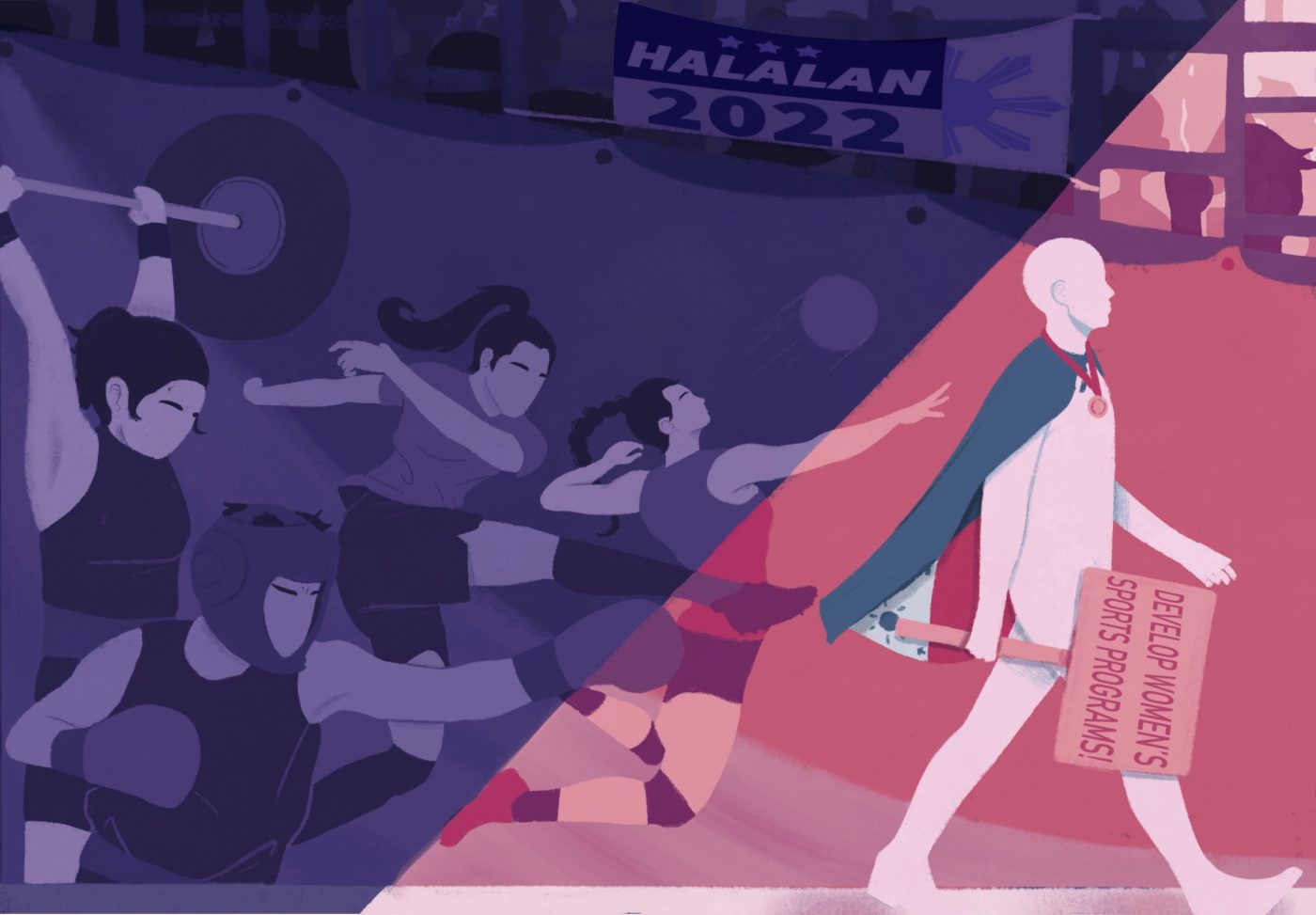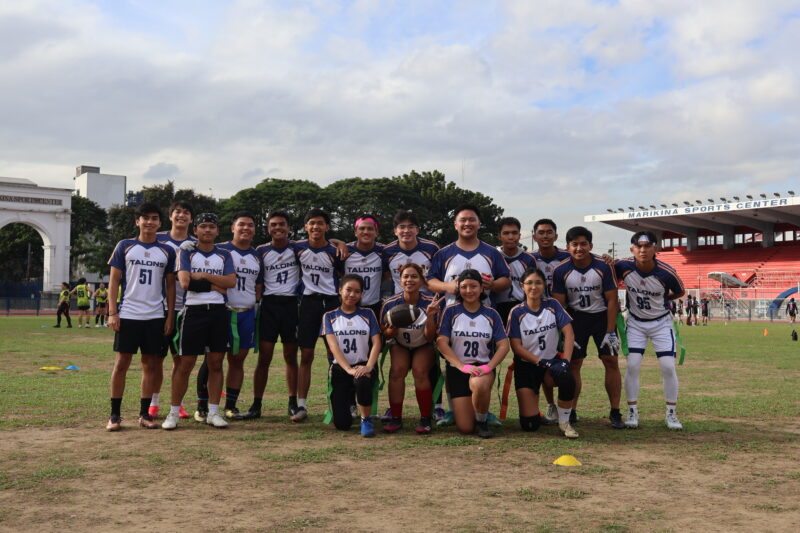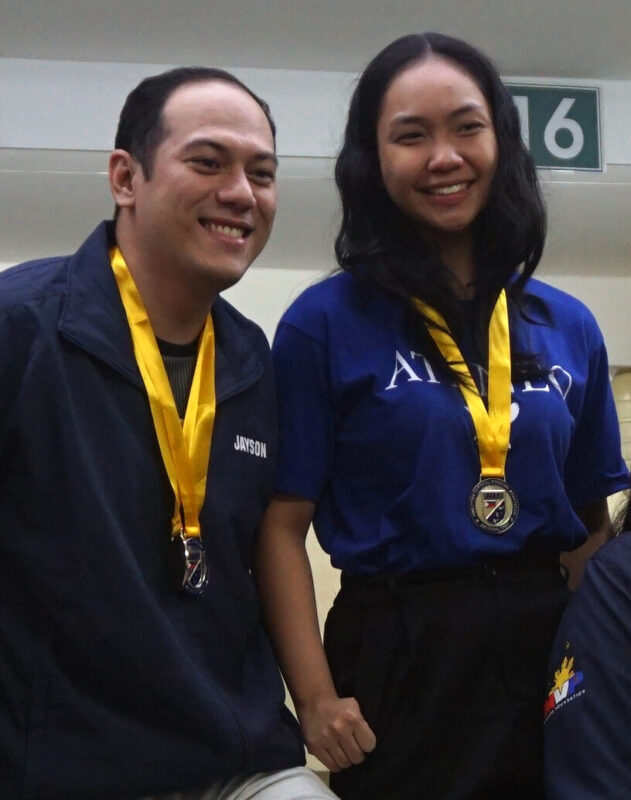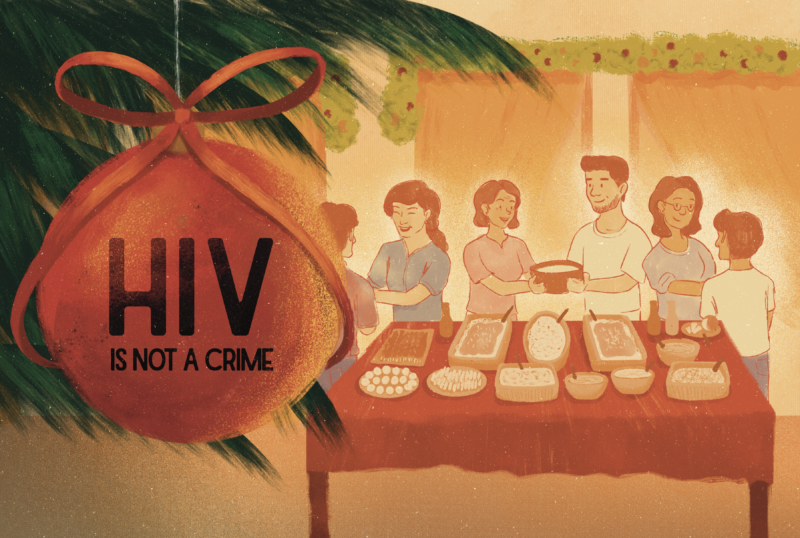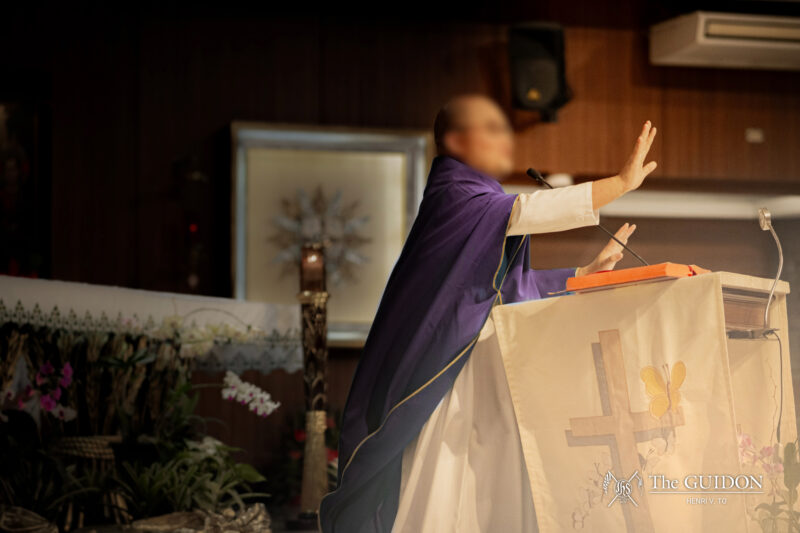WOMEN HAVE relentlessly fought for equal footing in the athletic scene, combatting issues ranging from objectification to underrepresentation. While the past decade has seen an improvement in the treatment of women in the sports scene, the promulgation of mandates that further develop and protect women in sports remains overlooked. Systemic nuances based on sex are manifestations of the culture, politics, and social status of women in a particular country.
Several charters were enacted to promote the participation of Filipino women athletes. An impactful piece of legislation is the Magna Carta for Women, which put forth comprehensive provisions for women’s sports. Central to these provisions is the Philippine Sports Commission’s mandate to create guidelines to integrate gender equality in its policies, funding, and activities related to women’s participation in sports for other National Sports Associations (NSAs). Likewise, it calls on Local Government Units (LGUs) to encourage female participation in sports.
Even with these put on paper, the gender-biased coaching force, meager opportunities, investments, and the lack of representation are sobering facts of sex disparities in Philippine sports. Thus, a necessary shift in the national sports culture must be engaged through systemic changes at the grassroots, elite, and administrative levels.
Uncultivated grassroots
Girls are conditioned in such a way that confines them to activities associated with femininity due to a lack of representation, gender bias in media, and the small space for women in the local sports landscape—which ultimately trickles down to sports at the grassroots level.
In schools, sports offerings vary per institution. Beatrice Go, sports governance journalist, recalls that her all-girls basic education unit had meager support for sports and encouraged girls toward gendered activities. While not representative, stereotyping sports in Filipino basic education units is common. “The way the [school] viewed sports was something that you couldn’t make a career of as a girl, so the support was poor,” shared Go.
As this gender bias is enforced through media and schools, the implementation of various sports opportunities in the local sports scene is affected. While LGUs have been making efforts to provide sports opportunities for girls, the opportunities for girls in barangays to play different sports is limited.
Girls Got Game Managing Director Gely Tiu narrated how many of the participants in their sports clinics had no sporting background whatsoever because of inaccessibility in their respective communities or a lack of encouragement from their parents. “Many of them would indicate that sports aren’t for girls, and only played if it was available in their community. Some parents won’t let kids join the program as they believe there are other matters for girls,” shared Tiu.
Shortcomings at the local level have even bled through to professional sports. Despite being under the same federations and outside the equal allowances and bonuses mandated by law, women athletes do not receive the same support as male athletes. The Philippine Women’s Football Team (PWNFT) did not don the same uniforms as their male counterparts until 2021, and it was only in February of 2022 wherein the PWNFT’s games were televised. In basketball, the Women’s Gilas Pilipinas was four bubble training cycles behind the men’s team in 2021 despite the advent of international competitions.
It is therefore evident that the experiences of Filipino women athletes have shown that the implementation of development programs must be underscored.
A seat at the table
By acknowledging these systematic issues, athletic leaders must tailor well-developed and supported athletic programs catered to women at the national and local levels. However, administrative changes must be made.
Studies have shown that the leadership level for all NSAs remains male-dominated. Without proper representation at the top level of various sporting federations, it can be put into question whether women athletes’ struggles are factored into their decision-making process.
A limited space for women in national sporting institutions results in an administrative-level need to institutionalize policies and programs aimed at supporting female athletes. The provision of contextualized pathways will be able to address long-standing issues that women athletes face, such as training opportunities, inequitable pay, menstrual health, and maternity leave, with the latter as a prominent issue for older female athletes.
The case of Marestella Torres-Sunang—the number one long jumper in the Philippines—involves her receiving no support from the Philippine Athletics Track and Field Association during and after her pregnancy. Torres-Sunang’s story testifies that a woman athlete can still be in her prime postpartum, as she broke the Philippine jumping record in her 2016 Olympic stint. However, many women athletes end their careers because of inadequate pay or the lack of support from organizations to raise their families.
Thus, by having more women at the management level, there is the likelihood of better conveyance of the ideals stipulated in the law, and the possibility of a conducive environment for women athletes. By knowing the realities on the ground, institutions can better equip sporting programs with gender-sensitive and pragmatic solutions, ultimately contributing to the sustainability of women’s sports.
“When women know that there is adequate support, when there are pathways for mentorship so [a woman athlete] can reach her full potential, that’s when you see more women and girls engage with sports. This will open doors for the Philippine sports industry as a whole,” voiced Ceej Tantengco, Go Hard Girls Host.
Championing her story
Credit is due to the improvements made vis-a-vis the treatment of women, but things are far from ideal due to cultural disparities in the sports landscape.
There is a need for institutions to give women athletes the support they deserve. This is achievable through the presence of like-minded people in these governing bodies. To reinforce what is etched on paper, institutions must shift the sports scene to a more conducive and contextual environment for women and calibrate their myopic view of women athletes’ growth.
“We’re worth the investment—our stories as women athletes are worth listening to. It’s a matter of giving us the opportunity to share our stories, because there are so many female athletes working behind the scenes, even if they aren’t being paid attention to,” voiced the PWNFT’s Cam Rodriguez.
Regardless of how much stories of success tug on Filipinos’ heartstrings, narratives of resilience should not be the case. Women athletes should not be treated as underdogs in the first place. Whether at the grassroots, collegiate, or professional level, the Philippine sports system needs people to fight for and keep girls in the pipeline for success—a cultural reset.

